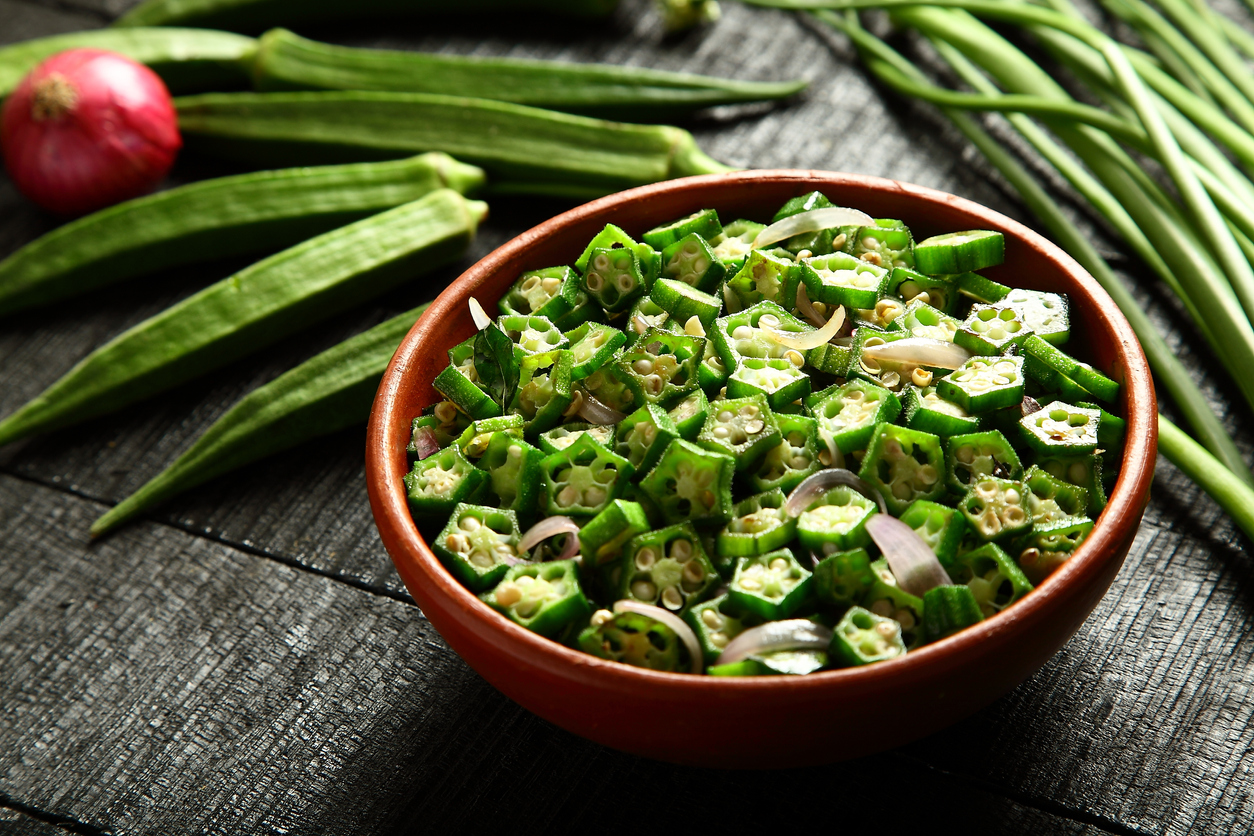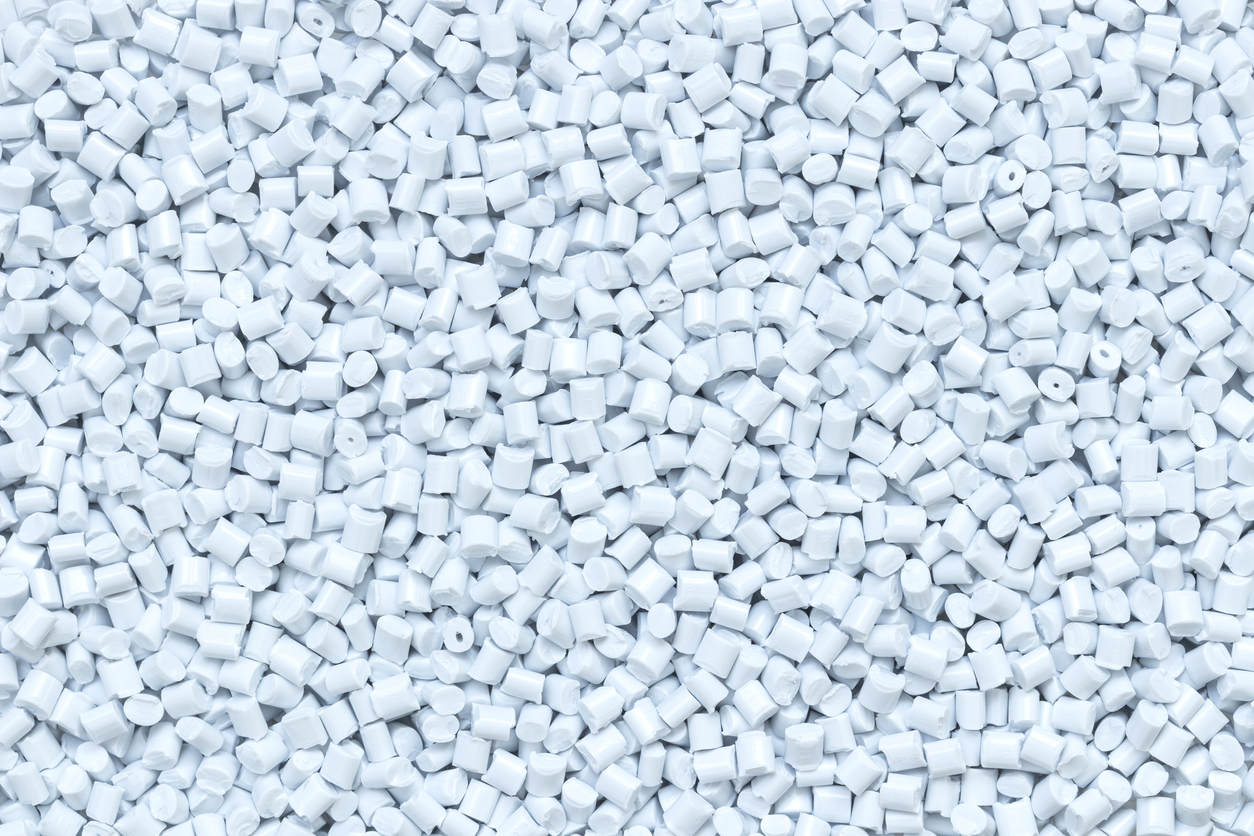What Factors Will Influence Fresh Okra Prices in 2024?
What Factors Will Influence Fresh Okra Prices in 2024?
Are you an avid okra lover who’s always on the lookout for that perfect crunch and taste? Or perhaps you’re a farmer looking to make some savvy business decisions in the upcoming years? Well, get ready to dive into the future of fresh okra prices because we’ve got all the juicy details! In this blog post, we’ll unravel the mysteries behind what factors will influence fresh okra prices in 2024. From climate changes to global demand shifts, join us as we explore how these elements will shape the cost of your favorite green vegetable and uncover tips on how you can stay ahead of the game. Get ready to be hooked!
Introduction to the Okra Market
Introduction to the Okra Market:
Okra, also known as lady’s finger or bhindi, is a popular vegetable in many cuisines around the world. It is a member of the mallow family and is widely cultivated for its edible green seed pods. In recent years, the demand for fresh okra has been steadily increasing due to its nutritional value and versatile use in various dishes.
The global okra market has seen significant growth in the past decade, with an estimated value of $1.2 billion in 2020 and expected growth of 4.5% by 2026 (Source: ResearchandMarkets). This can be attributed to factors such as increasing health consciousness among consumers, growing awareness about the benefits of plant-based diets, and the rising popularity of ethnic cuisines.
In this section, we will provide an overview of key factors that influence fresh okra prices in the market. Understanding these factors is crucial for both buyers and sellers to make informed decisions regarding their okra purchases or sales.
1) Seasonal variations:
Like most vegetables, okra prices are heavily influenced by seasonal variations. Okra is a warm-season crop that thrives in hot weather with temperatures between 85-95°F (29-35°C). This means that it is available in abundance during summer months and can be scarce during colder seasons.
Factors Affecting Fresh Okra Prices
When it comes to purchasing fresh okra, many factors can influence the price you see on the produce shelf. Understanding these factors can help consumers make informed decisions about when and where to buy their okra. In this section, we will discuss some of the main factors that can affect fresh okra prices.
1. Seasonality: Okra is a seasonal vegetable, meaning its availability and price can fluctuate throughout the year. It is typically harvested in the summer months, with peak season being from June to September in most regions. During this time, there is an abundant supply of okra which can lead to lower prices. On the other hand, during off-season periods or when weather conditions affect crop growth, there may be a limited supply of fresh okra resulting in higher prices.
2. Demand: As with any commodity, demand plays a significant role in determining fresh okra prices. When there is high demand for okra – such as during its peak season or when it is featured prominently in popular dishes – prices tend to increase due to competition among buyers for limited supplies. Conversely, when demand decreases – say during winter months when people are less likely to cook with or consume okra – prices may decrease as well.
3. Transportation costs: The cost of transporting fresh produce from farm to market also impacts its final retail price. If transportation costs increase due to fuel prices or logistical issues, these expenses may be passed onto consumers through higher prices for fresh okra.
– Climate and Weather Conditions
1.1 – Understanding the Climate and Weather Patterns of Okra Production
Okra is a warm-weather vegetable that thrives in hot, humid climates. It is primarily grown in tropical and subtropical regions around the world, including countries such as India, Nigeria, and Brazil. The ideal temperature range for okra growth is between 25-30 degrees Celsius (77-86 degrees Fahrenheit), with a minimum of five hours of sunlight per day.
The climate and weather conditions during the growing season have a significant impact on the quantity and quality of okra produced. Farmers rely heavily on favorable climatic conditions to produce healthy and abundant okra crops, which ultimately affects pricing in the market.
1.2 – The Impact of Rainfall on Okra Production
Rainfall plays a crucial role in determining okra prices. Excessive rainfall can lead to waterlogging in the soil, causing root rot and fungal diseases that can significantly reduce yield. On the other hand, insufficient rainfall or drought conditions can stunt plant growth and decrease yields.
In countries where okra production relies heavily on rain-fed agriculture, inconsistent or extreme weather patterns can result in low crop yields and higher prices due to scarcity.
– Demand and Supply
1. Introduction to Demand and Supply:
The concept of demand and supply is the backbone of economics, as it explains how prices are determined in a market economy. When it comes to fresh okra, the same principle applies – the price of this popular vegetable is determined by the interaction between its demand and supply in the market.
2. Understanding Demand for Fresh Okra:
Demand refers to the quantity of a good or service that consumers are willing and able to buy at a given price. In the case of fresh okra, there are several factors that influence its demand. Firstly, consumer preferences play a significant role – if there is an increase in demand for healthy and nutritious foods, then there will be an increase in demand for fresh okra as it is considered a superfood due to its high nutritional value.
Secondly, changes in income levels can also affect demand for fresh okra. As people’s incomes increase, they tend to spend more on food items such as vegetables including okra. On the other hand, during times of economic downturns or recessions, consumers may switch to cheaper alternatives leading to a decrease in demand for fresh okra.
Additionally, seasonal variations can also impact demand for fresh okra. For instance, during summer months when temperatures are higher and people tend to eat lighter meals with plenty of salads and vegetables, there may be an increase in demand for fresh okra.
– Production and Distribution Costs
Production and distribution costs are two major factors that greatly influence the prices of fresh okra. The production process involves planting, cultivating, harvesting, and packaging of the crop. On the other hand, distribution includes transportation, storage, and marketing of the product to retailers or consumers.
1. Production Costs:
The first factor that affects fresh okra prices is its production costs. These costs include all expenses incurred in growing and harvesting the crop. Okra is a warm-weather vegetable that requires specific conditions for optimal growth such as proper irrigation systems, fertile soil, and pest control measures.
One of the biggest production costs for farmers is labor. Since okra plants require frequent maintenance such as watering, weeding, and picking of ripe pods, it can be a labor-intensive crop to grow. As labor costs continue to rise globally, it directly impacts the overall cost of producing fresh okra.
Another significant expense in okra production is seeds or seedlings. Farmers need high-quality seeds or seedlings to ensure successful germination and healthy plant growth. This means investing in certified seeds or propagating their own from reliable sources – both options come at a price.
Pesticides and fertilizers are also essential inputs in modern farming practices to protect crops from pests and diseases while promoting growth. However, these chemicals add up to production costs as they need to be purchased regularly.
Furthermore, other expenses such as land rent/ownership fees, equipment/tools maintenance or purchase can also contribute significantly to overall production costs.
– Import and Export Policies
1. Introduction to Import and Export Policies for Fresh Okra
Fresh okra is a popular vegetable that is widely consumed in many countries around the world. As with any agricultural product, the supply and demand of fresh okra can be influenced by various factors such as weather conditions, production levels, and market trends. However, one aspect that often plays a significant role in determining the prices of fresh okra is import and export policies.
In this section, we will explore how import and export policies can affect the prices of fresh okra in . We will delve into the key factors that influence these policies and their potential impact on the global trade of fresh okra.
2. Factors Influencing Import Policies for Fresh Okra
The import policy for fresh okra refers to regulations set by a country’s government regarding the importation of this vegetable from other countries. These policies are put in place to protect domestic producers, ensure food safety standards are met, and maintain a balance between domestic supply and demand.
One major factor that influences import policies for fresh okra is government subsidies. Some countries provide subsidies to their local farmers to boost production and make them more competitive against imported goods. This means that imported fresh okra may face higher tariffs or stricter regulations, making it more expensive for consumers compared to locally grown produce.
Predictions for 2024 Okra Prices
Predictions for 2024 Okra Prices:
As we approach the year 2024, it is natural to wonder what the future holds for fresh okra prices. Will they continue to rise as demand increases or will there be a shift in the market that could potentially lower prices? In this section, we will explore some of the potential factors that could influence okra prices in 2024 and make predictions based on current trends.
1. Climate Change and Weather Patterns
One of the biggest factors that can impact okra prices is climate change and weather patterns. Okra is a warm-weather crop and thrives in hot and humid conditions. However, extreme weather events such as heat waves, droughts, and heavy rainfall can have a significant impact on the growth and yield of okra plants.
In recent years, we have seen an increase in extreme weather events due to climate change. This has led to fluctuations in okra production, which can directly affect its price. If these weather patterns continue or worsen by 2024, it is predicted that there may be shortages in certain regions leading to higher prices.
2. Consumer Demand
The demand for fresh produce continues to rise as consumers become more health-conscious and prioritize including fruits and vegetables in their diets. Okra has gained popularity due to its numerous health benefits such as being rich in fiber, vitamins, minerals, and antioxidants.
Ways to Save on Fresh Okra Purchases
1. Shop at Local Farmers Markets or Farms: One of the best ways to save on fresh okra purchases is by buying directly from local farmers markets or farms. Not only will you be supporting small businesses, but you’ll also have access to fresher and often cheaper produce. This is because the produce doesn’t have to go through middlemen and transportation costs.
2. Buy in Season: Okra has a peak season from June to September, which means it’s more abundant and therefore cheaper during these months. To save on fresh okra purchases, it’s best to buy them during this time rather than when they are out of season and prices are higher due to lower supply.
3. Check for Sales and Discounts: Keep an eye out for sales and discounts at your local grocery stores or supermarkets. Many times, they may offer discounted prices on fresh produce that needs to be sold quickly before it goes bad. Don’t be afraid to ask store employees if there will be any upcoming sales on okra so you can plan your purchase accordingly.
4. Compare Prices at Different Stores: Before making a purchase, do some comparison shopping by checking the prices of fresh okra at different stores in your area. You may find that one store offers a better deal than another, allowing you to save money on your purchase.
5. Buy in Bulk: If you use okra frequently in your cooking or enjoy preserving vegetables for later use, consider buying in bulk from wholesale markets or co-ops. Buying
– Buying in Bulk or In Season
1. Introduction:
In today’s fast-paced world, people are always looking for ways to save money while still getting high-quality products. When it comes to buying fresh produce like okra, one option that many consider is buying in bulk or during the peak season when prices tend to be lower. In this section, we will explore the factors that influence fresh okra prices and how buying in bulk or in-season can impact these prices.
2. Understanding Okra Prices:
Before delving into the factors that affect okra prices, it’s important to understand how they are determined. Like any other commodity, the price of okra is primarily influenced by supply and demand. If there is a high demand for okra but a limited supply, then prices will increase. On the other hand, if there is an oversupply of okra but a low demand, then prices will decrease.
3. Buying in Bulk:
Buying in bulk refers to purchasing a large quantity of okra at once instead of smaller quantities over time. This can be beneficial for both consumers and retailers as it allows for cost savings due to economies of scale. When farmers have a surplus of okra and want to sell it quickly, they may offer discounts on bulk purchases which can result in lower overall prices for consumers.
– Growing Your Own Okra at Home
Growing your own okra at home can be a rewarding and cost-effective way to enjoy this nutritious vegetable. Not only will you have access to fresh and delicious okra, but you will also have control over the growing process and avoid potential price fluctuations in the market. In this section, we will discuss the steps to successfully grow okra at home and how it can potentially impact fresh okra prices.
1. Choose the right variety: Before starting your okra garden, it is important to choose a variety that is well-suited for your climate and growing conditions. Okra plants prefer warm temperatures and need ample sunlight, so make sure to select a spot in your garden that receives at least 6-8 hours of direct sunlight per day. Some popular varieties include Clemson Spineless, Emerald Green Velvet, and Burgundy.
2. Prepare the soil: Okra plants thrive in well-drained soil with a pH range of 6.0-7.5. It is recommended to add compost or aged manure to improve soil quality before planting. This will provide essential nutrients for healthy growth and help retain moisture in the soil.
3. Planting: Okra seeds can be directly sown into the ground once all danger of frost has passed, typically around mid-spring. The seeds should be planted about 1 inch deep and 12 inches apart in rows spaced 3 feet apart.
– Substitutes for Okra in Recipes
1. – Substitutes for Okra in Recipes
Okra is a versatile vegetable that is commonly used in many dishes, especially in Southern cuisine. However, there may be times when you want to cook with okra but are unable to find it at a reasonable price due to market fluctuations. In such situations, it is helpful to know some substitutes for okra that can still give your recipes a similar flavor and texture.
Here are some substitutes for okra that you can use in your recipes:
1. Zucchini
Zucchini is a popular substitute for okra because of its similar texture and mild taste. You can use zucchini as a replacement in dishes like gumbo or stews where the okra serves more as a thickening agent than the main ingredient.
To substitute zucchini for okra, simply slice the zucchini into thin rounds or cubes and add them to your dish towards the end of cooking. This will help maintain their firmness and prevent them from getting mushy.
2. Eggplant
Eggplant is another vegetable that can be used as a substitute for okra in certain recipes. It has a similar texture and mild flavor, making it suitable for dishes like ratatouille or curry.
To use eggplant as an alternative to okra, peel and dice the eggplant into small pieces before adding it to your dish. Like zucchini, it should be added towards the end of cooking to prevent it from becoming too soft.
Conclusion
In conclusion, the price of fresh okra in 2024 will be influenced by various factors such as weather conditions, demand and supply, production costs, and global trade. As consumers, it is important to be aware of these factors and make informed decisions when purchasing fresh okra. Farmers and producers should also consider these factors when planning their crops for the future. Overall, with proper understanding and monitoring of these influencing factors, we can hope for a stable and fair pricing system for this nutritious vegetable in 2024 and beyond.








Comments are closed.